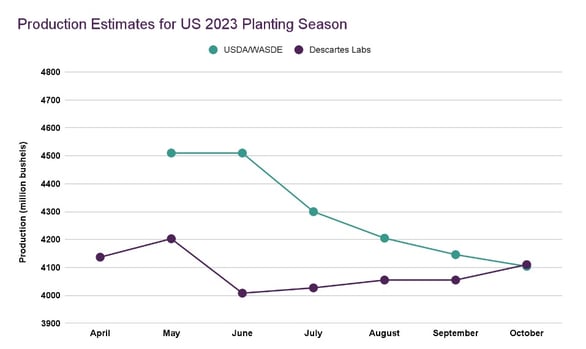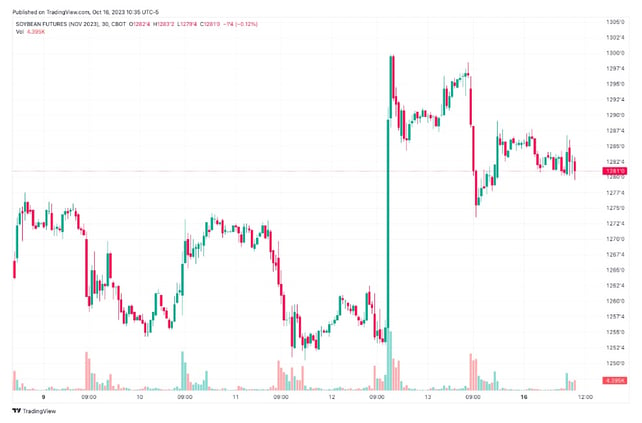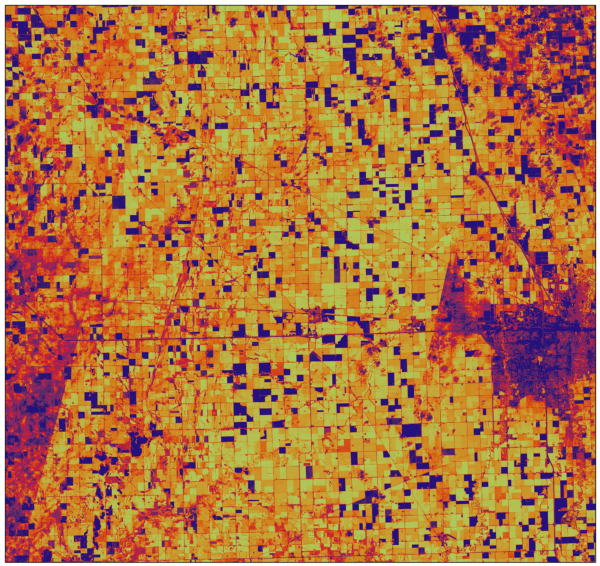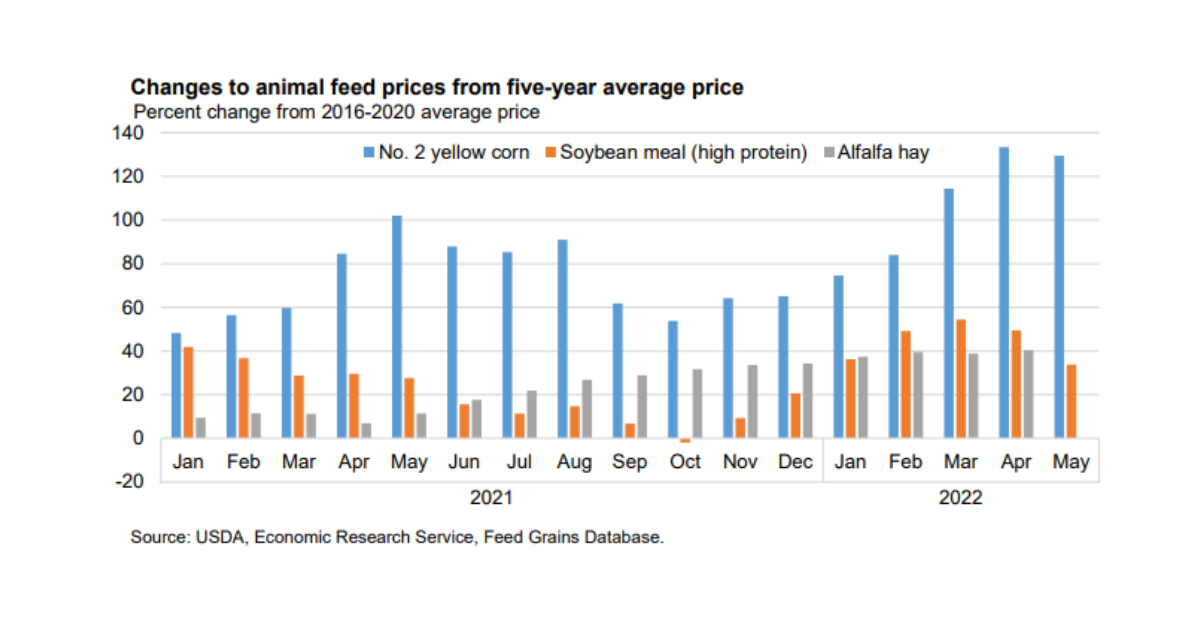Article category: Consumer Goods
Advancing the science of soy forecasting
Descartes Labs’ weekly forecast for U.S. corn and soy yields. Last month, we were excited to unveil...
Article category: Consumer Goods

The importance of weather forecasts during the early stages of a crop’s growing season cannot be overstated. Accurate weather forecasts allow us to make crop production predictions before the seeds are even planted. In the case of soybeans grown in the United States, we begin making production forecasts in April - about a month before most of the seeds are actually planted and about five months before anything has begun to be harvested.
Descartes Labs’ soybean production model is built on two critical layers. The first is a weather forecasting layer that incorporates the recent observed weather and a proprietary seasonal forecast, powered by machine learning, that extends through the end of the soybean growing season. The second layer is a crop health model that uses our vast troves of satellite data to assess crop health as the season progresses. The crop health component doesn’t begin until mid-June since we cannot see the seedlings until they appear above ground.
Our production model forecasts have historically been more accurate than consensus, and this year’s is no exception. The most recent estimate of total US soybean production in the Descartes Labs model is 4110 million bushels compared to the USDA’s 4104 million bushels (Figure 1). More importantly, the model was able to predict the end-of-season production in April within 0.8%, and remained within 2.5% of the “end-of-season” estimate throughout the growing season. The soybean harvest is now about 60% complete, so the production estimates from WASDE are typically accepted as representing end-of-season production.
Our production model’s early season success and consistency can be directly attributed to its long-range weather forecasting component, which was able to predict the drought conditions and extreme warmth that plagued much of the Midwest during the summer months. Our model correctly ascribed those predictions to an effect on soy production.

The benefits of a good production forecast are considerable. Unexpected changes to total production can drive prices either upward or downward. This is highlighted in the figure below, showing the November 2023 Soybean futures contracts from the CME. The WASDE report was released at 11:05 a.m. on October 12, which coincides with a rise of about 3.5% in soybean prices due to the report’s lowered production estimates.

At Descartes Labs, we are proud to empower our customers with unparalleled data and insights developed using the latest advanced technologies on the market. Learn more about our crop production models, which cover a wide range of commodities around the globe.

Article category: Consumer Goods
Descartes Labs’ weekly forecast for U.S. corn and soy yields. Last month, we were excited to unveil...

Article category: Consumer Goods
Corn yields by county, updated weekly on www.descarteslabs.comToday, Descartes Labs is releasing...

Article category: Consumer Goods
Descartes Labs can help you lower your procurement costs with our grains and feeds package.

Article category: Science & Technology
Review our aggregated mobility tracking methodology in our technical paper: Mobility Changes in...